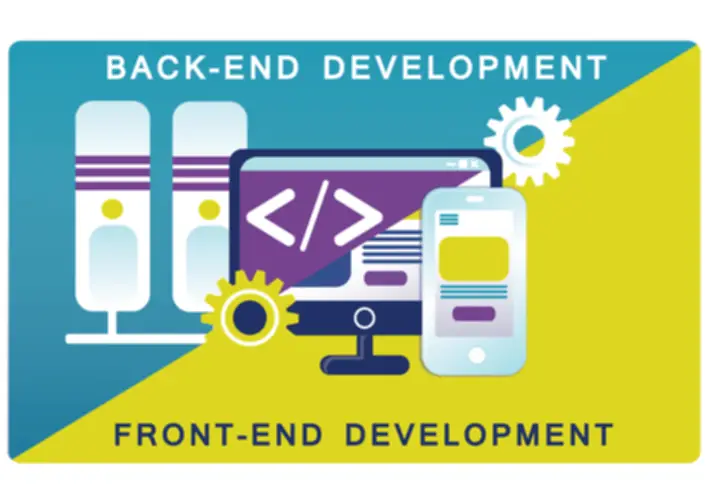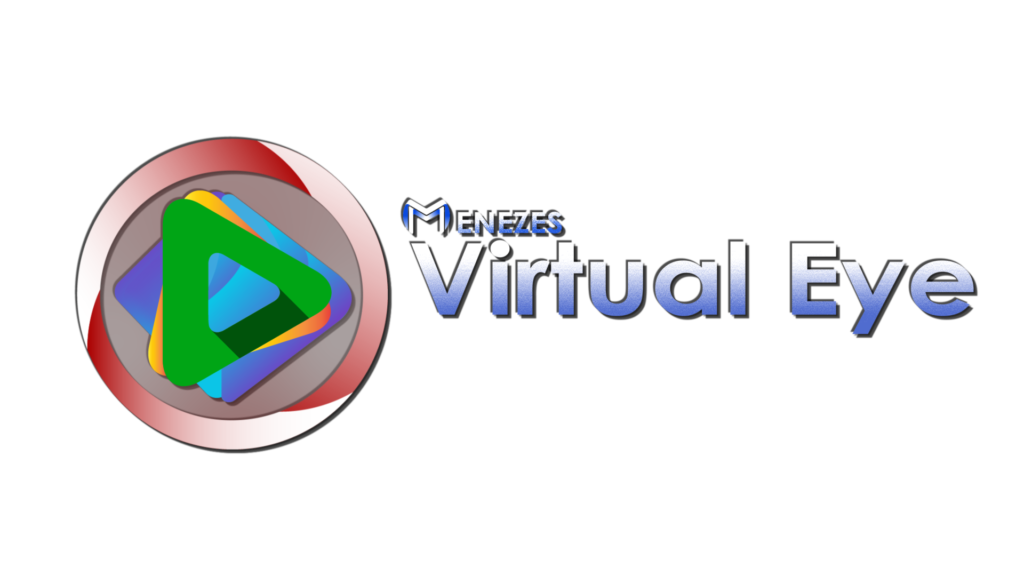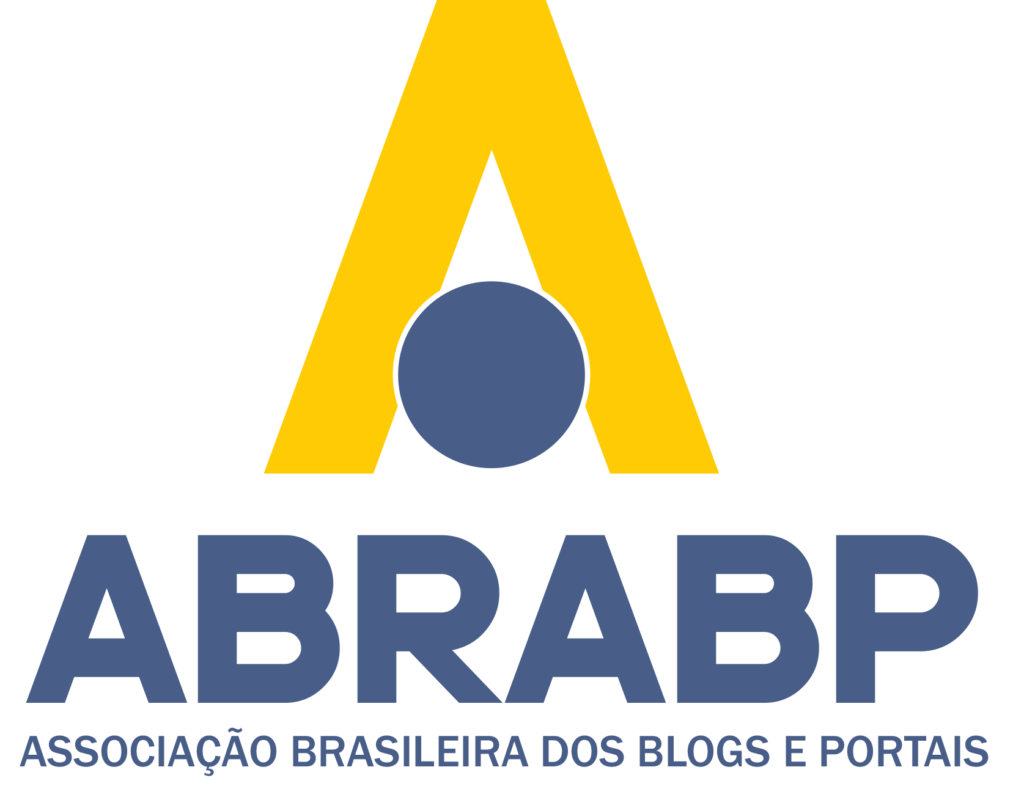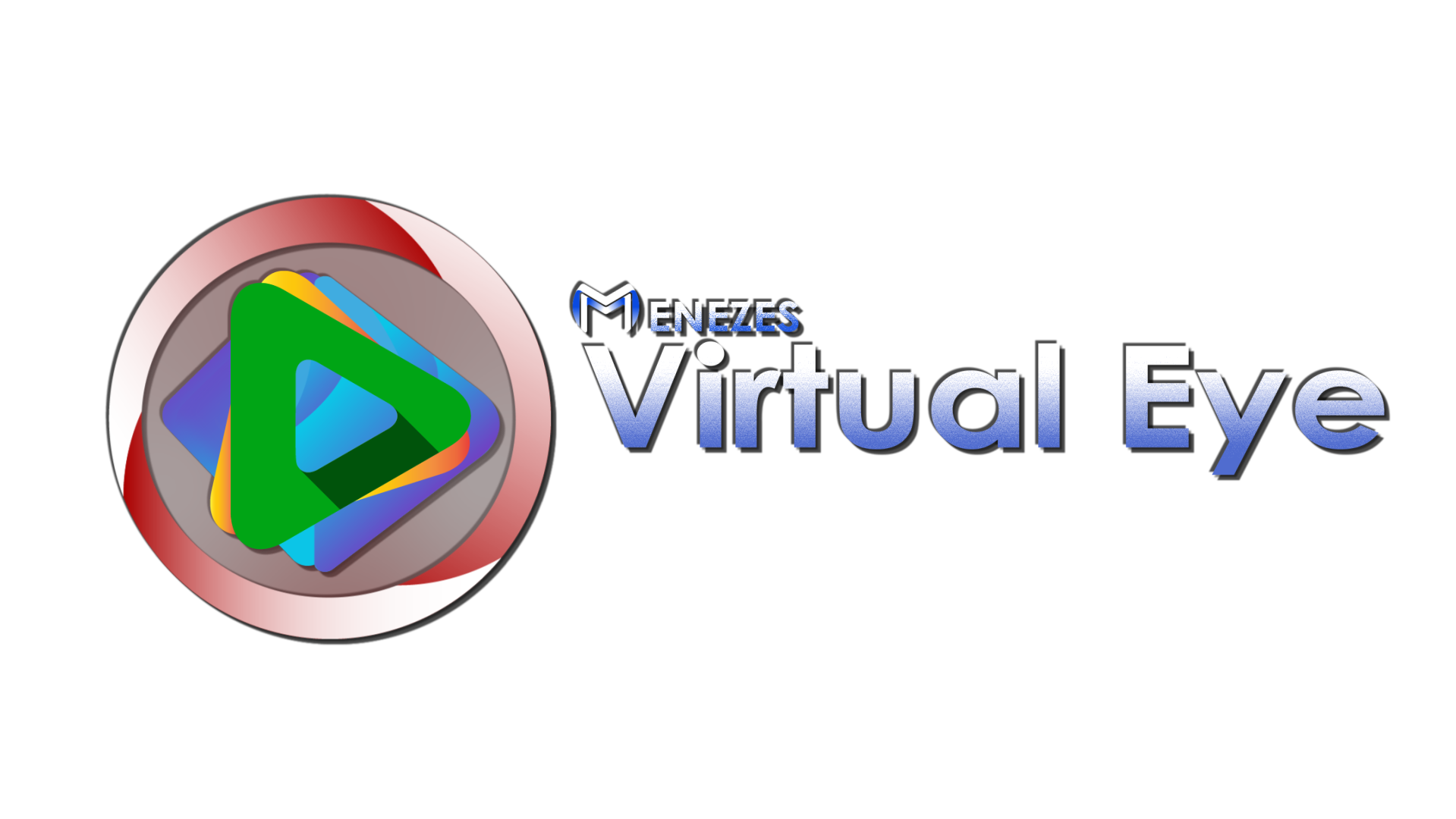To know more in regards to the execs and cons of the two https://www.globalcloudteam.com/ development mothodologies merely take a glance at this article. In brief, iterative development is a method of breaking down the software improvement of a big software into smaller pieces. The incremental model of software improvement has reached its ultimate section. The product is able to go-live after it has been examined and has passed every testing section.
Unit 22 Non Useful Necessities
Incremental model is a type of software growth model like V-model, Agile mannequin and so forth. At the beginning, utility improvement separates itself from the traditional software improvement models. It doesn’t require the developer to sit with end users to get a detailed incremental development list of specifications. The broad scope of the necessities helps builders get specific requirements at numerous phases of the event cycle. Deciding which software growth model to use on your subsequent software program growth project can be tough. Each software program improvement model has its own set of benefits and drawbacks.
The Eight Software Improvement Process Models
Moreover, iterative mannequin can accommodate adjustments in necessities, that are quite common in a lot of the tasks. It also offers a chance to identify and build any major requirement or design flaws all through the process because of its iterative nature. Hopefully, this text will offer you perception into incremental model growth and lead you to even greater success.
Deliver Higher Software Program Faster With Plutora
The product is therefore ready to be used in a real-world surroundings by finish customers. The incremental mannequin in software engineering begins with the requirement part. This phase is extraordinarily essential in product development because growing a solution that gives worth to purchasers is impossible without understanding the initial necessities.
Disadvantages Of Incremental Development Method
An Implementation and Test phase, when the software program is coded, integrated and examined. The project group must give attention to developing a deep understanding of the customer’s desires and wishes in order to create successful prototypes. When exploring the feasibility of integrating refrigerator control, the shopper and staff recognize the issues of incorporating a Wi-Fi module into the fridge.
Advantages And Drawbacks Of Incremental Model
V-Shaped methodology, also called the Verification and Validation model, is a software program growth lifecycle strategy executed in a sequential method resembling a V-shape. In this mannequin, each stage of improvement is directly linked to a corresponding testing phase, making certain a methodical and systematic approach. The second step of the software program improvement lifecycle, the place many software processes run in parallel. Even although all the processes run in parallel, they are interdependent on one another. Requirement evaluation defines what the software program must do, design course of put up the construction of the software program and implementation gives the actual shape to the product. The waterfall mannequin and the incremental mannequin are the most commonly utilized improvement fashions used to improve monitoring and develop functions.
Since the plan simply considers the next increment, there aren’t actually any long-term plans throughout this era. This makes it potential to change a model to be able to meet customers’ calls for. This piece provides you with an understanding of what the RAD methodology is about and its benefits and downsides. With this info, it is possible for you to to make an knowledgeable decision on whether or not to use it in your application development course of or not. An iterative life cycle model doesn’t try to start with a full specification of requirements. Instead, development begins by specifying and implementing simply a half of the software program, which might then be reviewed in order to identify additional requirements.
Iterative improvement focuses on ensuring fast product variations, one following the other. Your team is, subsequently, likely to develop a quantity of unpolished or low-quality versions of the ultimate product. They make enhancements over time till they obtain the ultimate high-quality product. This permits you to swiftly create a product whereas reviewing the necessary thing options and capabilities of the final product. In the Incremental model, your group clearly understands the project goals and last product.
- Agile stands as a beacon of adaptability and customer-centricity, signaling a shift from rigid, process-driven fashions to versatile, iterative approaches.
- Diagrams like Entity-Relationship Diagrams (ERDs) and Data Flow Diagrams (DFDs) may be included in this document.
- To scale back the risks that the incremental model poses, groups should communicate successfully and set sensible expectations for each other.
- A Design phase, by which a software program answer to satisfy the necessities is designed.
- Using the Incremental Model, the event group begins and completes the basic module of this system during the first iteration, making it ready for release to purchasers.
We discovered that it’s used within the software growth life cycle by breaking projects into smaller chunks, which are then developed and tested in levels. This growth model also provides many benefits, together with the flexibility to scale back project danger, enhance project high quality, and increase project efficiency. This model necessities are damaged down into a number of standalone modules of software development cycle. First increment is core product for basic requirements, and in next increment, supplementary options are added. Many successive iterations/ versions are applied and delivered to the customer until the desired system is launched.
Recognizing the challenges and potential lack of producer collaboration, the dangers outweigh the benefits. The informed decision is to refine existing functionalities and pave a clearer roadmap for the Smart Home system’s evolution. If the feedback is constructive and there is promising traction, the event continues.
Imagine setting up a social community – it is similar to building a home, brick by brick. Yes, one disadvantage is the potential for elevated time and price due to the thorough planning and documentation involved. Additionally, changes to requirements throughout growth can be challenging to accommodate.






















